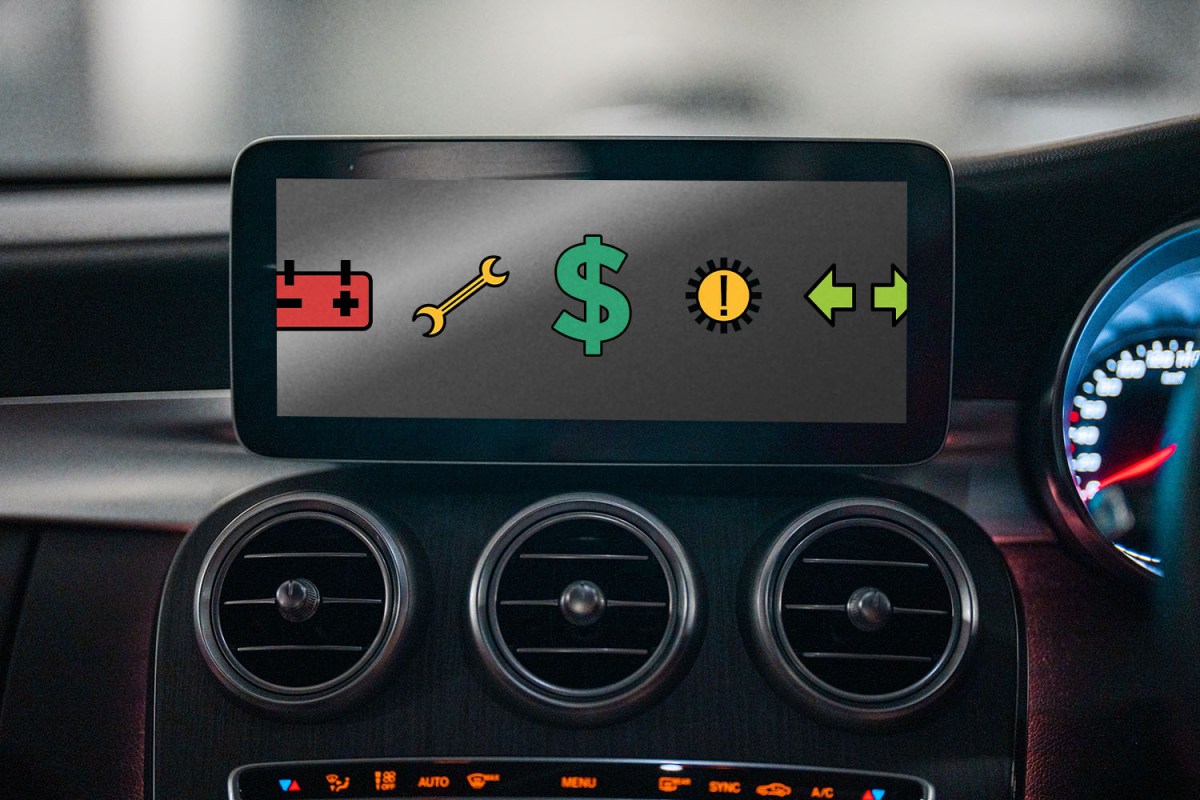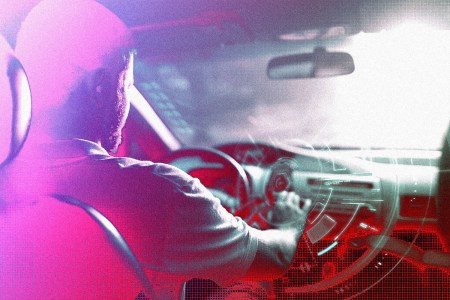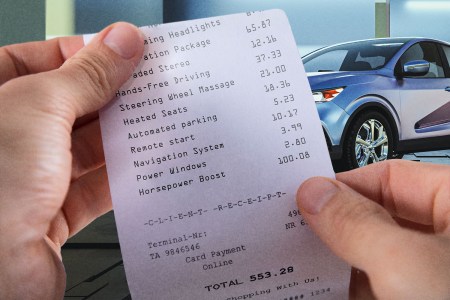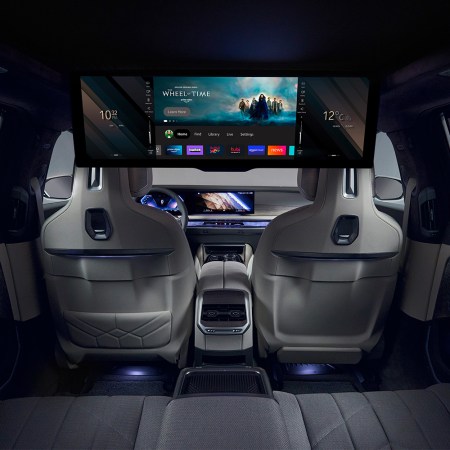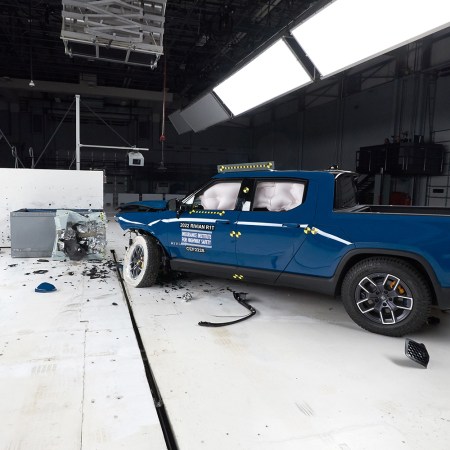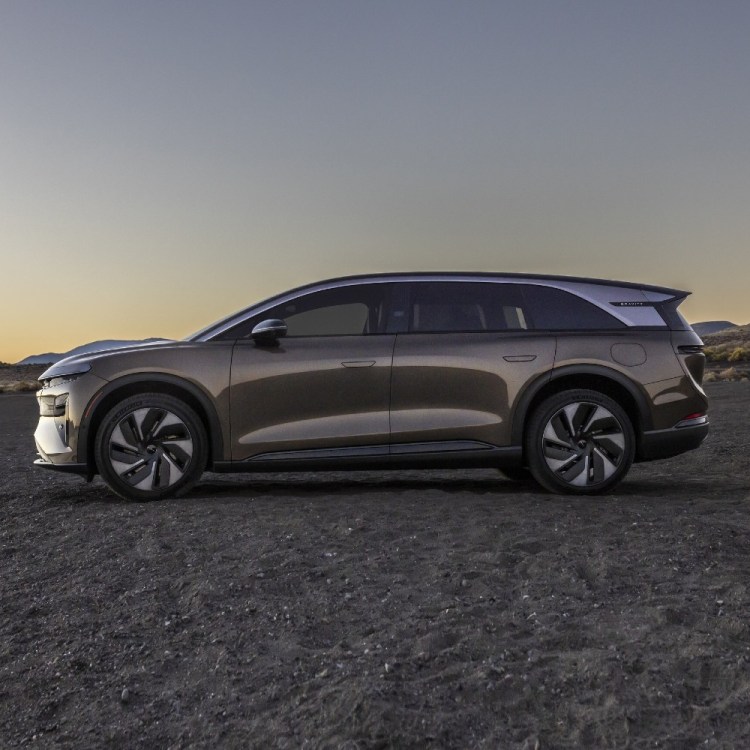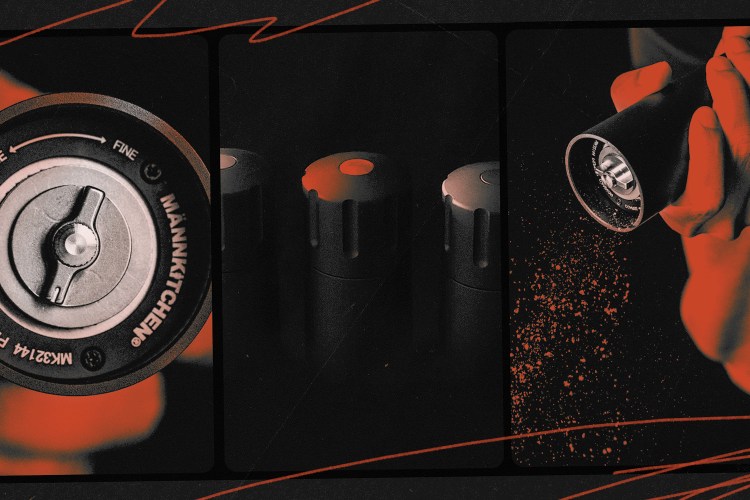Getting into a fender bender used to be an irritating but manageable hassle. More often than not, a cracked bumper cover or a few scrapes on the paint weren’t egregious enough to take a vehicle out of commission, and one could simply ignore the cosmetic damage until it was convenient, or financially expedient, to get the blemishes taken care of at the closest body shop. The same could be said for a cracked or chipped windshield, a more serious problem but one that could be cheaply dealt with at an auto glass franchise with a quick call to the insurance company.
For any vehicle built over the course of the past five years, however, technology has dramatically changed the calculus when it comes to quickie car repair. The emergence of advanced driver assistance systems (ADAS) — that phalanx of sensors, cameras and radar emitters that rule the semi-autonomous roost — means that the “good enough” world of inexpensive aftermarket parts and affordable third-party labor is now in the (electronic) review mirror.
Not only that, but without expert technicians painstakingly putting the ADAS puzzle back together again, you could be heading out onto a highway that’s a lot more dangerous than it was before someone dinged your door panel or mowed off your side mirror.
What’s the Deal With ADAS?
A quick refresher on how integrated various safety features have become in the daily driving experience. For a significant portion of modern cars, not a mile goes by without the 360-degree environment around the vehicle being videoed by cameras, pulsed by sonar, LIDAR or radar, or otherwise analyzed via yaw, pitch and roll sensors, each of which are embedded across an auto’s metal skin, into its chassis and suspension, and in some cases even mounted inside the cabin.
Is Semi-Autonomous Safety Technology Breeding a Generation of Bad Drivers?
As cars demand less and less input from drivers, our ability to react in emergencies diminishesThat fire hose of information is fed directly into a system of software and processors that do their best to make order out of the outside world. To make any kind of judgment call on what driving situations represent “normal” and which ones require instant intervention to prevent catastrophe (such as a deer running across the road, or an attempted turn into an already-occupied lane), those ones and zeros need a firm foundation in reality. That is to say, they must be expertly calibrated so that the data stream the system is soaking in can perfectly position the automobile within its surroundings.
Delicate Sensors Meet Real-World Driving
When a car or truck first leaves the factory, each of its emitters, lenses and infrared eyes are pointed in exactly the right direction, arrayed at a precise distance from each other that allows them to build that digital model of the world a vehicle is moving through. The instant a collision takes place — no matter how minor it might seem — that delicate balance can be thrown out of whack. It’s here that the trouble starts.
“Some sensors have the ability to diagnose and correct small misalignments, but many do not have this capability,” said Chad Zagorski, active safety systems engineer at General Motors. “So if the sensor is not calibrated properly for lane-keeping, it may not be able to adequately keep the vehicle from traversing a lane marker, or it may activate well before the lane marker. Likewise, with adaptive cruise, a misaligned sensor may cause the system to perceive a following vehicle as closer or further away than it actually is, or it may perceive a vehicle in an adjacent lane as one that the host vehicle is actually following.”
A camera that’s even a little askew, or a sensor that points slightly off-center from its original orientation, can lead to safety systems that are unreliable, potentially putting owners in a dangerous spot should they trust these features following an accident. Given that many of these sensors are embedded in the edge of an automobile’s bodywork, such as the grille or the bumper, or sit on side mirrors that stick out into traffic, it’s easy to see how impacts that might be written off as insignificant could have greater consequences.
Calibration Is Key
According to Zagorski, for many vehicles, if a sensor reports information that’s way outside of its expected range, adjacent safety systems know to shut down to prevent unexpected behavior out on the road. While this translates potential dangers like unexpected braking or steering intervention into warning messages on the dashboard, it also eliminates a layer of safety from the commute until the situation can be dealt with by a professional.
It’s here that the situation gets trickier, and more expensive. Once upon a time it was possible to save cash on auto body repair by tagging in “jobber” parts that were built by a third party to specifications that, if not exactly the same as originally stamped at the factory, were still reasonably close to par. This was common practice throughout the industry, with some insurance companies leaning on the cost savings associated with jobber parts to avoid paying a premium for OEM panels.
Choosing thrift over precision is no longer a winning strategy. Attaching replacement sensors to body panels that might be even the slightest bit warped or janky in their mounting points introduces even greater challenges to the already time-consuming process of calibrating all of that gear so it can once again work as designed. Calibration is an expensive proposition, and it requires well-trained professionals and the proper equipment to ensure that ADAS features are operating in top shape.
5 Questions to Consider Before Car-Buying Becomes Subscription Hell
Automakers are beginning to charge recurring fees for access to features such as automated parking, additional horsepower, even heated seatsZagorski describes the calibration process as “very critical,” going on to say that improper calibration could lead to a raft of problems including phantom alerts from various safety systems or even unwanted steering and braking take-over during normal driving. Even absent these more dramatic side effects, at the very least, wonky sensor positioning can lead to downgraded performance or a complete lack of usable data.
Body panels aren’t the only culprits when it comes to escalating costs associated with ADAS. Windshield glass, which often sits in front of things like stereoscopic cameras perched just at the top of the field of view, now requires precision production methods to avoid any distortion or blurring that an electronic eye can’t see beyond. This added production expense is of course in addition to the calibration requirements that come post-installation.
All of the above combines a high labor cost on top of the additional expense of specifying quality replacement panels that are installed with minimal deviation from factory specifications. Taken together with the price of replacing damaged sensors, it’s a big part of the reason why average repair costs have almost tripled over the past decade. It’s also opened up new avenues for fraud, with insurance companies increasingly hit with enormous calibration bills from the occasional unscrupulous body shop. These costs are then passed down to owners in the form of increased premiums.
Body Repair Goes Fully Digital
The days of shade-tree mechanics squaring away a bad fender or bolting on a new bumper are largely over. The era of advanced safety equipment has transformed nearly every body repair or glass replacement into a specialized task that requires in-depth training, expensive tools and access to high-quality parts to avoid confusing the various nannies charged with our protection.
There’s no question that in many cases these safety features provide a clear benefit to drivers by intervening in cases where attention has wandered, or human reaction times aren’t quite quick enough to avoid disaster. There’s a cost to giving ourselves over to the machine, however, and it’s not just measured in soaring repair bills and steadily-climbing insurance rates. Vehicle owners must now ensure that they not only act quickly to take care of what was once a mere parking-by-Braille bumper scar, but also that those they trust with setting sensors right haven’t skipped any crucial steps that could dull the reflexes of their digital guardians.
This article appeared in an InsideHook newsletter. Sign up for free to get more on travel, wellness, style, drinking, and culture.
